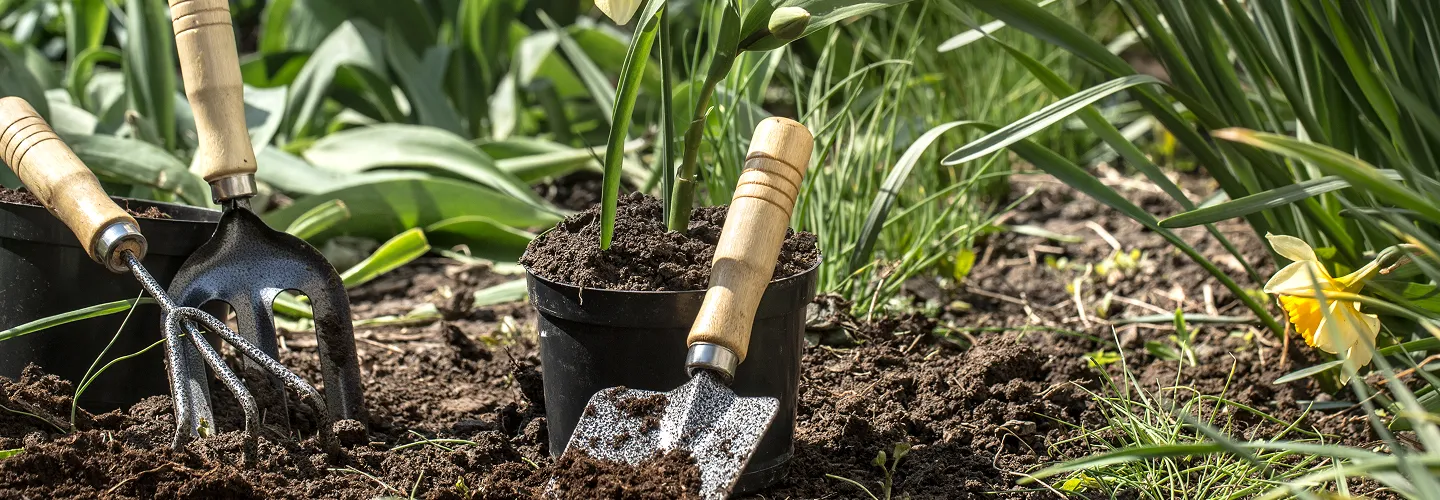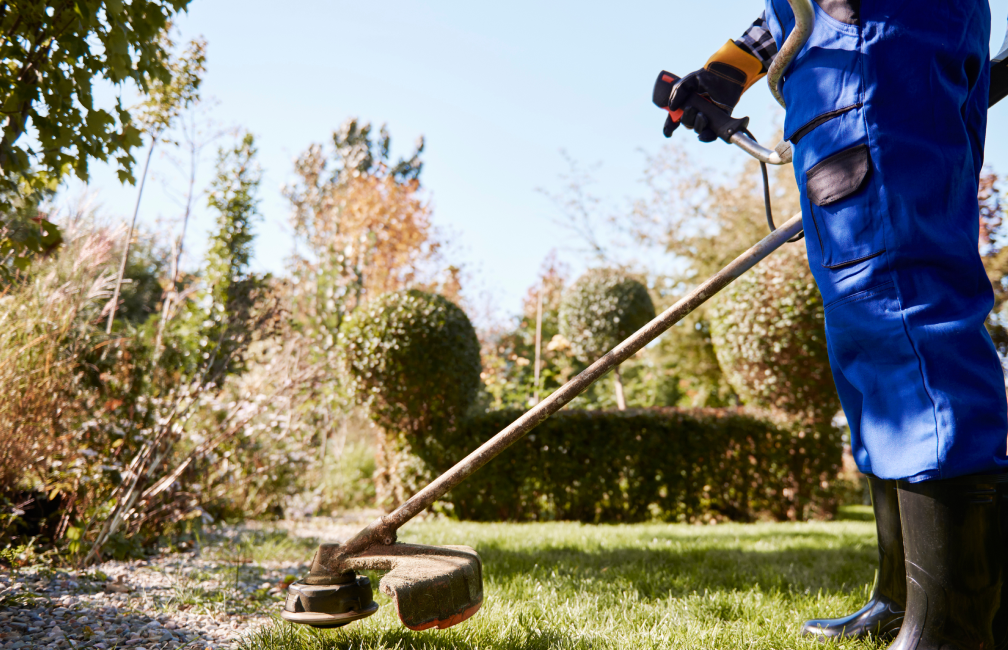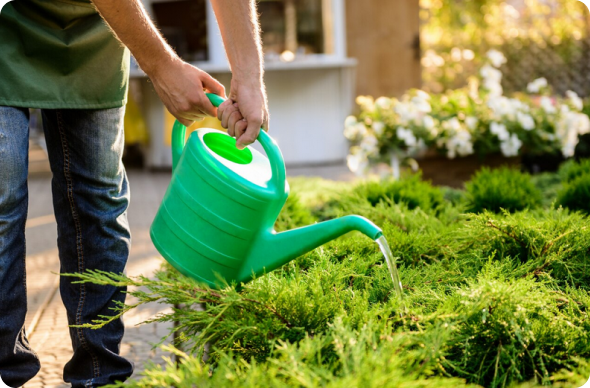
Hanson Dethatching Lawn Services
Choose our dethatching lawn service to restore your yard’s health, improve grass growth, and ensure a lush, vibrant landscape that stands out all season long.
Get a Free QuoteWhen to Schedule Dethatching Lawn in Hanson, MA – Seasonal Guide
In Hanson, MA, the best time to schedule lawn dethatching is typically in early spring or early fall, when grass is actively growing and can recover quickly. The region’s climate, with its cold winters and humid summers, means that dethatching too early or late in the season can stress your lawn. For neighborhoods near Burrage Pond or along Main Street, it’s important to consider local frost dates—usually mid-April for the last frost and late October for the first. Scheduling dethatching after the last frost but before the summer heat ensures optimal results and minimizes the risk of damaging your turf.
Local environmental factors play a significant role in determining the right timing. Hanson’s mix of shaded lots, especially in areas like Indian Head, and open, sun-exposed lawns means soil moisture and grass growth rates can vary widely. Heavy clay soils common in some parts of town retain moisture longer, while sandy soils near the Hanson Town Hall may dry out faster, affecting how quickly thatch builds up and breaks down. Monitoring your lawn’s specific conditions and considering recent precipitation or drought risk will help you choose the best window for dethatching.
Local Factors to Consider for Dethatching Lawn in Hanson
- Tree density and shade coverage, especially in wooded neighborhoods
- Soil type (clay vs. sandy) and drainage characteristics
- Recent precipitation patterns or drought advisories
- Proximity to wetlands or water features like Burrage Pond
- Municipal restrictions or seasonal guidelines for lawn care
- Terrain slope and risk of erosion after dethatching
Benefits of Dethatching Lawn in Hanson

Improved Lawn Health
Enhanced Grass Growth
Increased Water Absorption
Reduced Pest and Disease Risk
Boosted Curb Appeal
Professional Landscaping Expertise

Hanson Dethatching Lawn Types
Cool-Season Grass Dethatching
Warm-Season Grass Dethatching
Residential Lawn Dethatching
Commercial Lawn Dethatching
Sports Field Dethatching
Golf Course Dethatching
Park and Recreation Area Dethatching
Our Dethatching Lawn Process
Lawn Evaluation
Preparation and Marking
Dethatching
Cleanup and Disposal
Post-Dethatching Inspection
Why Choose Hanson Landscape Services

Hanson Homeowners Trust Us
Expert Lawn Maintenance
Reliable Scheduling
Competitive Pricing
Professional Team
Satisfaction Guarantee
Personalized Service
Contact Hanson's Department of Public Works for Dethatched Material Disposal & Yard Waste Collection
Hanson's identity as a cranberry cultivation center and Pine Barrens gateway necessitates specialized organic debris handling systems that accommodate both agricultural operations and residential landscape maintenance. The Department of Public Works coordinates flexible collection schedules and operates accessible facilities specifically designed to handle seasonal dethatching volumes while supporting sustainable land management practices throughout this Plymouth County agricultural township.
Hanson Department of Public Works
542 Liberty Street, Hanson, MA 02341
Phone: (781) 293-2131
Official Website: Hanson Department of Public Works
Efficient organic material processing requires property owners to follow preparation guidelines that support both agricultural and residential composting objectives:
- Package yard debris exclusively in certified biodegradable paper containers; synthetic materials disrupt composting operations and violate state organic waste processing standards
- Remove contaminating materials including cranberry bog sand, soil clumps, construction debris, and agricultural byproducts that compromise processing equipment functionality
- Follow published weight limitations and container specifications for both rural collection routes and Transfer Station operations
- Review municipal announcements for schedule changes during cranberry harvest seasons and weather events
- Position materials to maintain farm equipment access and prevent storm drainage infrastructure obstruction
Understanding Thatch Buildup in Hanson's Cranberry Bog Ecosystem & Pine Barrens Transition Conditions
Hanson's distinctive position within southeastern Massachusetts' cranberry production region creates specialized growing environments that dramatically influence thatch development across this agricultural and residential landscape. USDA Web Soil Survey mapping identifies complex formations including Carver coarse sand and Plymouth loamy sand dominating cranberry bog areas, Hinckley and Windsor sandy soils on outwash plains supporting residential development, and Paxton fine sandy loam on glacial till uplands throughout this Pine Barrens transition community.
University of Massachusetts Extension Center for Agriculture, Food and the Environment
161 Holdsworth Way, Amherst, MA 01003
Phone: (413) 545-2717
Official Website: University of Massachusetts Extension
Cranberry bog proximity generates distinctive challenges for residential thatch management throughout Hanson's agricultural township. Seasonal flooding cycles from bog operations create variable moisture patterns that can suppress beneficial decomposition organisms, while acidic runoff from cranberry cultivation affects soil chemistry in adjacent residential areas. Pine Barrens influence generates naturally acidic soil conditions through continuous organic acid production, creating pH levels between 4.5 and 5.5 that restrict microbial populations essential for organic matter breakdown.
Properties where thatch accumulation surpasses the critical 0.5-inch threshold develop cascading problems including impaired water infiltration, restricted nutrient availability, and increased vulnerability to drought stress. Warning indicators include spongy surface feel, water pooling after light irrigation, patchy fertilizer response, and moss expansion in shaded areas.
Key practices for managing thatch in Hanson's conditions include:
- Coordinating operations with cranberry harvest schedules and bog flooding cycles when recovery proceeds without agricultural interference
- Incorporating lime applications to neutralize acidic conditions from Pine Barrens and cranberry bog influences
- Selecting acid-tolerant, drought-resistant grass varieties adapted to cranberry region growing conditions
- Implementing deep, infrequent irrigation schedules promoting extensive root development in sandy substrates
- Establishing immediate ground coverage following dethatching using specialized seed blends suited to acidic, low-fertility Pine Barrens soils
Reference: USDA Web Soil Survey
Hanson Conservation Commission Requirements for Dethatching Near Wetlands & Protected Areas
Hanson's extensive cranberry bog systems and Pine Barrens habitat create comprehensive environmental oversight requirements for lawn maintenance activities throughout this agricultural community. The Massachusetts Wetlands Protection Act establishes protective buffer zones extending 100 feet from wetland boundaries and 200 feet from waterways, encompassing numerous cranberry bog reservoirs, Indian Head River tributaries, Wampatuck Pond, and the vast Burrage Pond Wildlife Management Area that supports both agricultural production and wildlife habitat throughout the township.
Hanson Conservation Commission
542 Liberty Street, Hanson, MA 02341
Phone: (781) 293-2131
Official Website: Hanson Conservation Commission
Wildlife habitat protection assumes heightened significance during April through July breeding seasons when diverse species utilize bog margins, agricultural edge habitats, and transitional woodland areas. Properties adjacent to active cranberry operations, Burrage Pond Wildlife Management Area, or Pine Barrens conservation areas must implement rigorous erosion control preventing sediment migration into sensitive aquatic environments supporting both agricultural and ecological functions.
Major dethatching operations within regulated buffer zones typically require environmental review through Notice of Intent or Request for Determination of Applicability procedures. Manual techniques and minimal-impact equipment are strongly recommended in sensitive cranberry bog and Pine Barrens areas to minimize soil disturbance while protecting ecological functions essential to Hanson's agricultural and environmental character.
Hanson's Implementation of Massachusetts Organic Waste Regulations for Dethatched Material
State requirements under Massachusetts General Law Chapter 111, Section 150A mandate organic waste diversion from household refuse systems, creating opportunities for innovative agricultural community composting programs that capitalize on Hanson's farming expertise and cranberry industry infrastructure. The town has orchestrated comprehensive organic material processing options that integrate seamlessly with agricultural practices while ensuring environmental compliance throughout this Pine Barrens agricultural township.
Massachusetts Department of Environmental Protection
One Winter Street, Boston, MA 02108
Phone: (617) 292-5500
Official Website: Massachusetts Department of Environmental Protection
Massachusetts Department of Agricultural Resources
251 Causeway Street, Suite 500, Boston, MA 02114
Phone: (617) 626-1700
Official Website: Massachusetts Department of Agricultural Resources
Agricultural community composting initiatives provide excellent organic waste processing opportunities where property characteristics support appropriate site selection within Hanson's cranberry bog and Pine Barrens landscape. Municipal collection services accommodate agricultural community access patterns through flexible scheduling recognizing cranberry harvest demands while maintaining Massachusetts General Law Chapter 111, Section 150A compliance. Technical guidance from the Massachusetts Department of Agricultural Resources supports sustainable practices complementing cranberry operations and Pine Barrens stewardship objectives.
Post-Dethatching Stormwater Management in Compliance with Hanson's MS4 Program
Hanson's Municipal Separate Storm Sewer System obligations emphasize comprehensive cranberry bog watershed protection throughout the town's agricultural and residential drainage network. National Pollutant Discharge Elimination System standards mandate rigorous pollution prevention during soil-disturbing activities, with enhanced requirements for areas contributing agricultural runoff to bog reservoirs and Indian Head River systems.
U.S. Environmental Protection Agency, Region 1
5 Post Office Square, Suite 100, Boston, MA 02109
Phone: (617) 918-1111
Official Website: U.S. Environmental Protection Agency, Region 1
Agricultural community weather monitoring becomes essential before conducting dethatching operations. Property owners should consult National Weather Service Boston forecasts and suspend operations when precipitation threatens within 24 hours. Post-dethatching stabilization requirements include:
- Rapid establishment of protective ground coverage within 24 hours using acid-tolerant varieties specifically adapted to Pine Barrens and cranberry region growing conditions
- Strategic nutrient management avoiding excess applications that contribute to cranberry bog contamination and agricultural watershed impairment
- Precision irrigation planning supporting establishment while preventing runoff into Hanson's cranberry bog drainage and agricultural water management systems
- Coordinated soil enhancement addressing acidic conditions and organic matter deficiencies in Pine Barrens sandy substrates
- Installation of temporary erosion barriers on slopes and areas adjacent to cranberry operations vulnerable to storm-related soil displacement
These comprehensive measures ensure Clean Water Act and EPA NPDES compliance while supporting turf recovery in Hanson's challenging agricultural and Pine Barrens environment.
What Neighborhoods Do We Serve Throughout Hanson, MA?
Hanson's agricultural districts and residential areas present diverse thatch management challenges influenced by cranberry bog proximity, Pine Barrens ecology, and varied agricultural interface conditions throughout this southeastern Massachusetts farming community.
Hanson Center Village Core encompasses traditional civic areas with established properties featuring mature landscapes and potentially modified soils from agricultural community development. Proximity to municipal facilities and cranberry bog systems creates unique microclimate conditions while agricultural heritage infrastructure often requires specialized equipment selection for effective maintenance.
Indian Head River Agricultural Corridor includes properties with direct river access experiencing distinctive growing conditions from waterway proximity and seasonal agricultural flooding. Enhanced humidity from river systems affects decomposition while strict watershed protection requirements demand careful nutrient management throughout this critical agricultural waterway zone.
Cranberry Bog Production Interface encompasses residential development directly adjacent to active cranberry cultivation areas with challenging environmental conditions from bog flooding cycles and acidic agricultural runoff. Seasonal water management activities affect soil chemistry while coordination with cranberry farming operations becomes necessary during harvest periods.
Burrage Pond Wildlife Management Area Vicinity includes properties near this significant conservation resource with unique environmental conditions from wildlife habitat proximity and state management activities. Enhanced humidity from pond influence affects decomposition while wildlife protection requirements necessitate careful timing during maintenance operations.
Pine Barrens Forest Transition District features properties near extensive Pine Barrens woodlands with heavily acidic soil conditions from continuous organic acid production. Deep forest shade favors moss development over healthy turf establishment while Pine Barrens management considerations influence landscaping choices throughout this ecological transition zone.
Liberty Street Rural Residential Corridor encompasses scattered development throughout active agricultural countryside with diverse soil types influenced by cranberry bog operations. Large lot sizes provide operational flexibility while properties often feature private wells requiring careful nutrient management considerations.
Wampatuck Pond Waterfront District encompasses properties surrounding this significant water resource with distinctive growing conditions from pond proximity and seasonal water table fluctuations. Enhanced humidity and wildlife habitat considerations affect maintenance timing while serving as transition zones between agricultural and conservation areas.
Hanson Municipal Bylaws for Landscaping Operations & Equipment Use
Municipal ordinances governing landscaping operations in Hanson reflect the town's agricultural character while ensuring environmental protection for extensive cranberry bog systems and Pine Barrens habitats. These regulations establish operational standards appropriate for agricultural community development and sensitive environmental areas supporting both farming productivity and conservation objectives.
Hanson Building Department
542 Liberty Street, Hanson, MA 02341
Phone: (781) 293-2131
Official Website: Hanson Building Department
Hanson Board of Health
542 Liberty Street, Hanson, MA 02341
Phone: (781) 293-2131
Official Website: Hanson Board of Health
Agricultural community considerations establish flexible operational schedules accommodating cranberry farming activities and seasonal agricultural demands while maintaining residential neighborhood standards. Commercial service providers must maintain appropriate insurance coverage reflecting agricultural property access challenges and environmental sensitivity requirements for cranberry bog and Pine Barrens area protection.
Professional dethatching operations require comprehensive understanding of agricultural soil management and Pine Barrens ecology specific to southeastern Massachusetts cranberry communities. Service providers must demonstrate competency in agricultural environmental protection protocols while maintaining effective thatch removal capabilities in diverse soil conditions ranging from acidic Pine Barrens substrates to challenging cranberry bog edge areas adjacent to active farming operations.
Substantial dethatching projects near sensitive cranberry bog systems, Pine Barrens conservation areas, or within farming operation vicinity typically require environmental review through Conservation Commission coordination with agricultural best management practices. Professional operators must maintain current training in agricultural community environmental protection while ensuring successful turf establishment in Hanson's unique cranberry and Pine Barrens ecosystem with its integrated agricultural landscape and comprehensive environmental protection requirements.